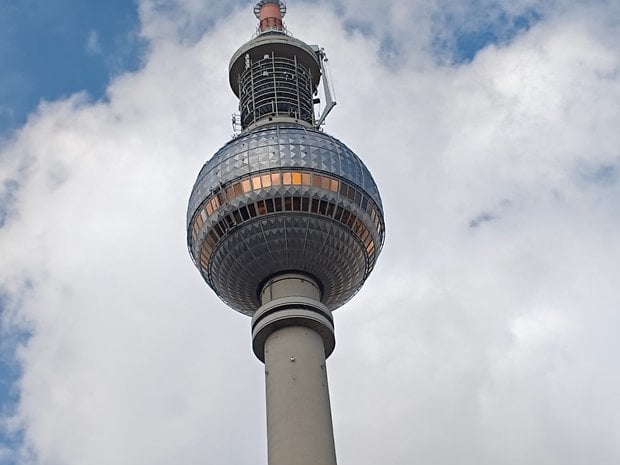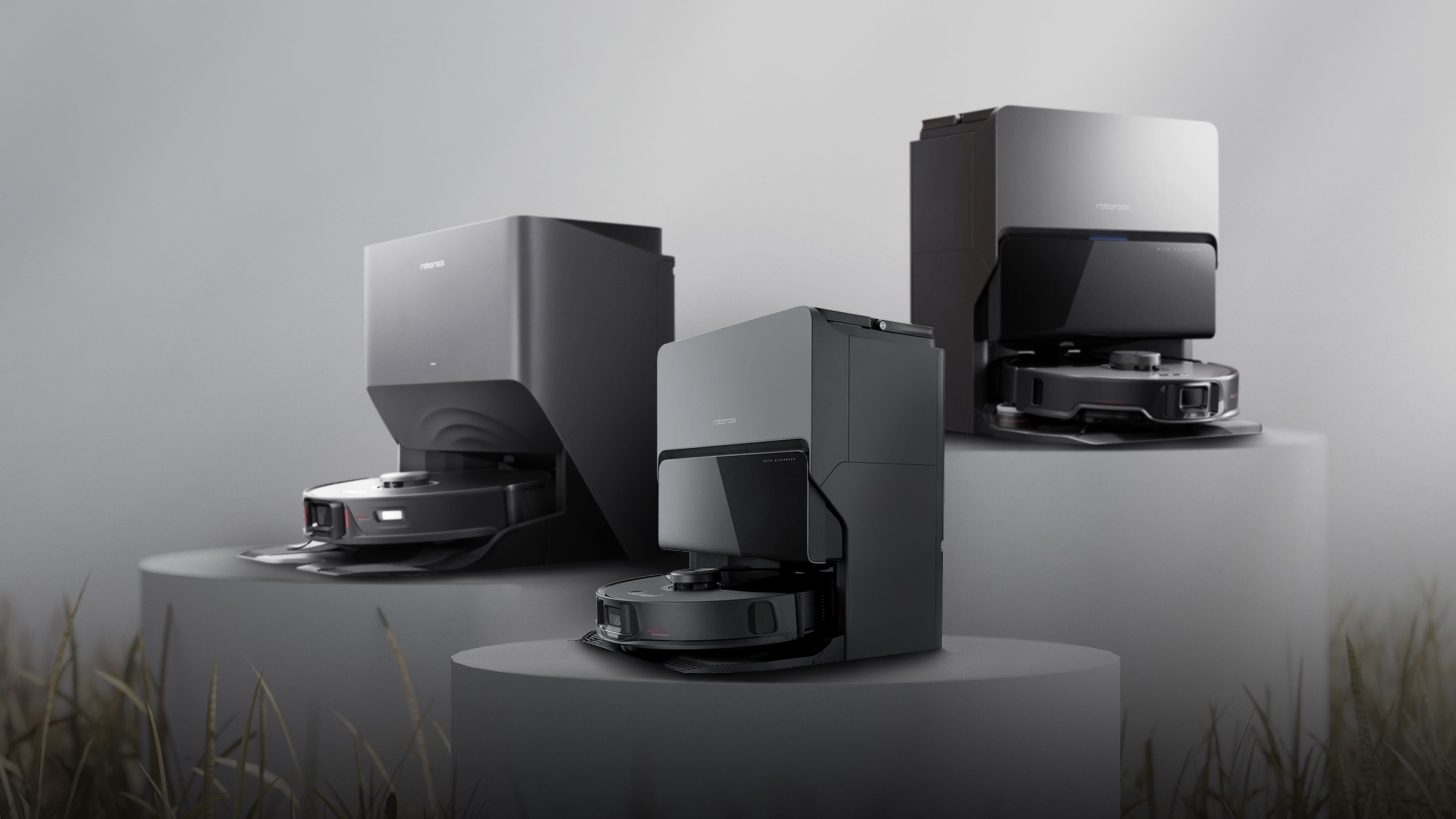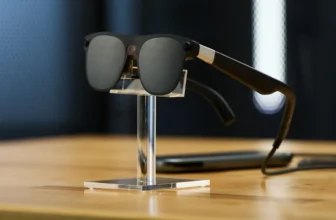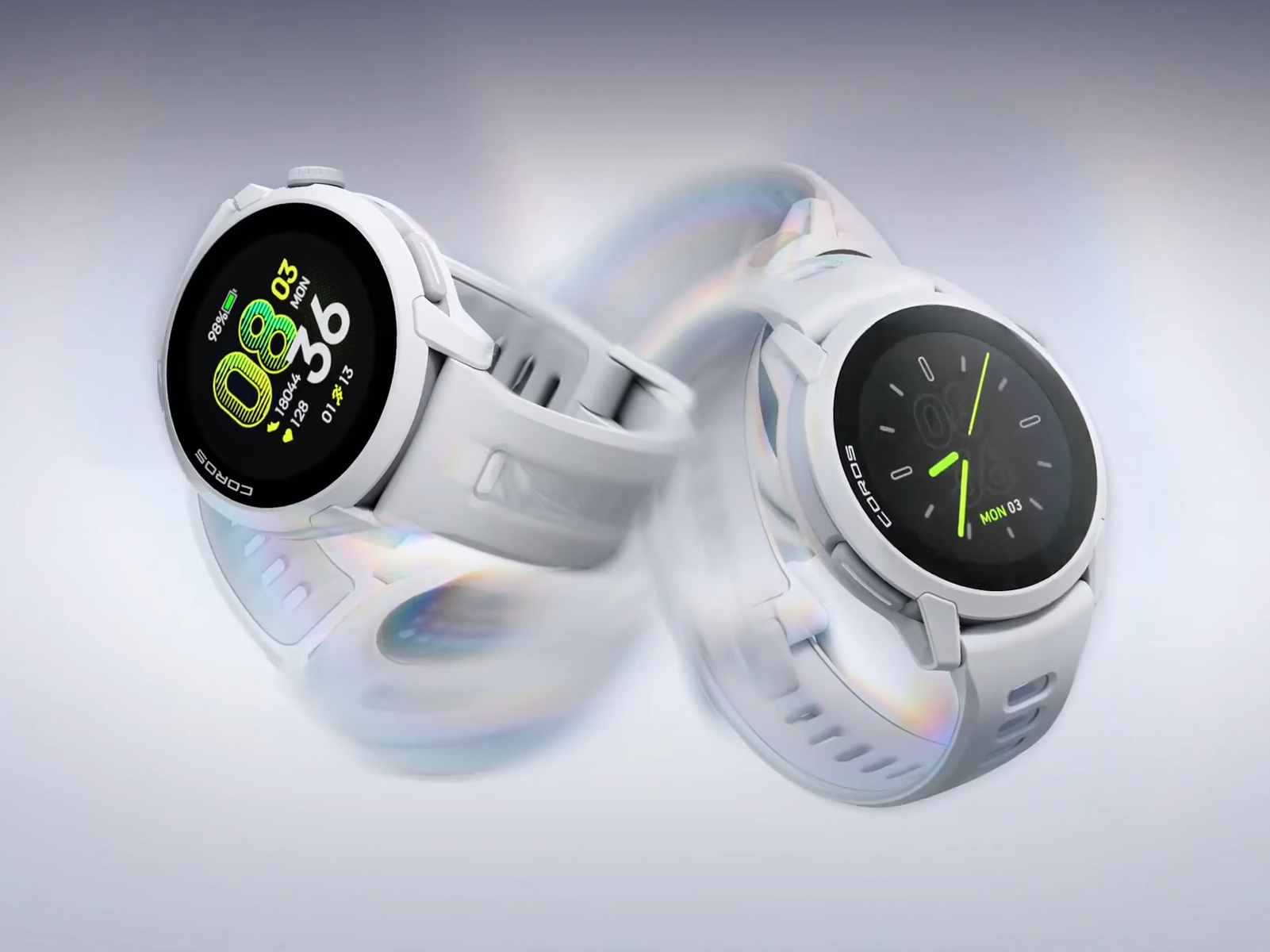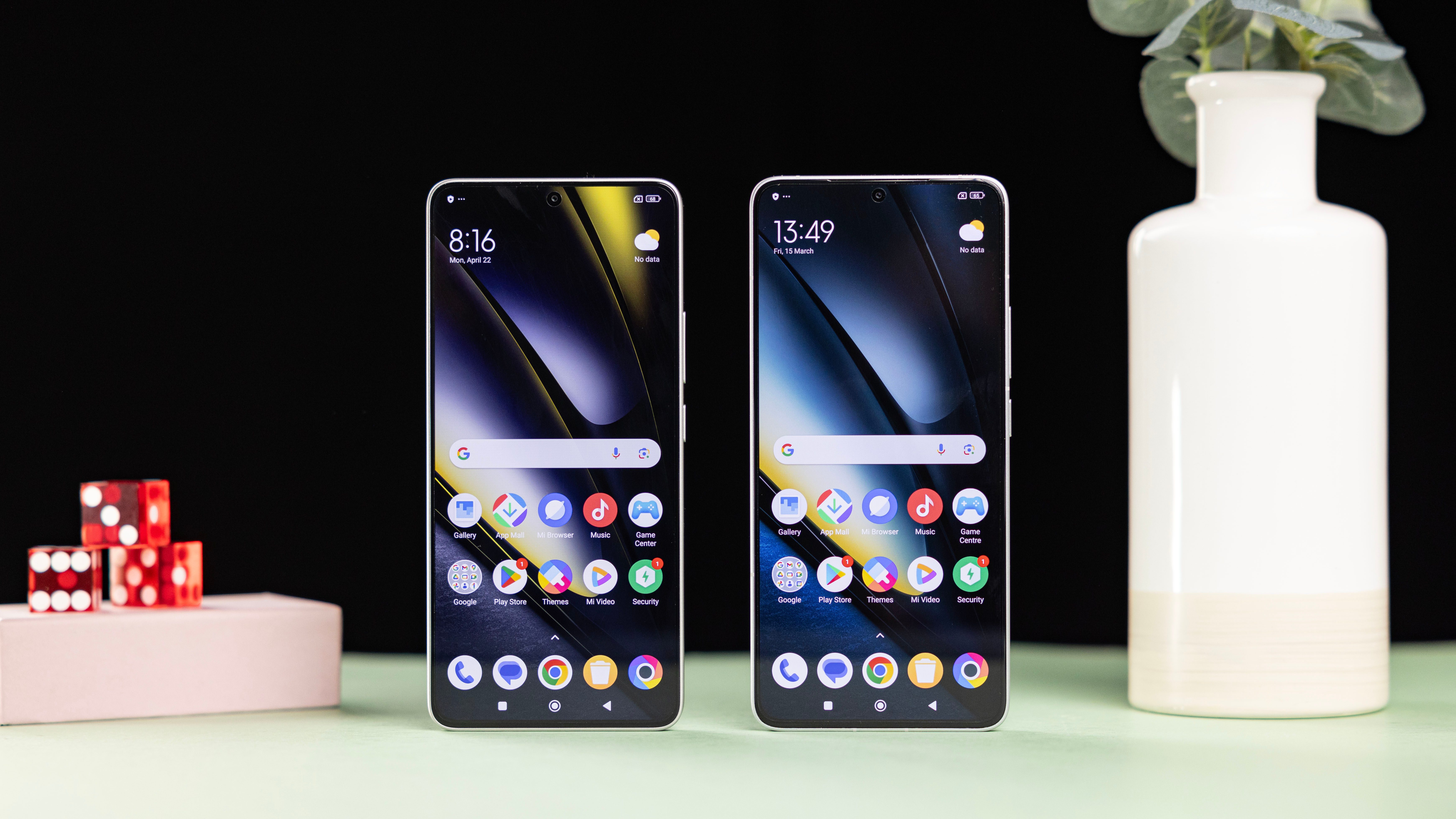
The new Poco phones in the F6 series will succeed the Poco F5 and Poco F5 Pro while aiming to be mid-range models that might come close to the premium segment in certain areas at a fair price. As always, we begin with a glance at the technical specifications.
Poco F6 and Poco F6 Pro compared: Technical specifications
| The new Poco mid-range smartphones compared | ||
|---|---|---|
| Device | ||
| Image |
 |
 |
| Display |
|
|
| SoC |
|
|
| Memory |
|
|
| OS |
|
|
| Camera |
|
|
| Selfie camera | ||
| Battery capacity |
|
|
| Connectivity |
|
|
| IP certification | ||
| Dimensions and weight |
|
|
| Offers* |
|
|
Poco F6 vs. Poco F6 Pro: Performance
When it comes to performance, what we tell you will put you off a little right away. We already reviewed the Poco F6 for you, but our Pro review is still in progress. When we update this article, you will find the corresponding comparison of the benchmark results. Until then, we can only guess how the performance of the more expensive device will turn out. Okay, “guessing” is perhaps an overstatement, as the Pro is powered by the Snapdragon 8 Gen 2, which we are very familiar with from the many flagships released last year.
Nevertheless, it will be exciting to see how the two perform in the duel because the Poco F6 is powered by the brand-new Snapdragon 8s Gen 3 SoC. In the table below, you can see the OnePlus 12R (review), which is powered by the Snapdragon 8 Gen 2. If you were comparing that with the Poco F6, it looks really exciting.
| Poco F6 (Snapdragon 8s Gen 3) |
Google Pixel 8a (Tensor G3) |
Xiaomi 14 Ultra (Snapdragon 8 Gen 3) |
Poco F5 (Snapdragon 7+ Gen 2) |
OnePlus 12R (Snapdragon 8 Gen 2) |
Redmi Note 13 Pro 5G (Snapdragon 7s Gen 2) |
Nothing Phone (2a) (Dimensity 7200) |
|
|---|---|---|---|---|---|---|---|
| AnTuTu | 1,455,312 | 1,153,512 | 1,939,484 | n/a | n.a. | 593,863 | 688,613 |
| 3DMark Wild Life Extreme Stress Test |
Best loop: 3,140 Worst loop: 2,584 Stability: 82.3% |
Best loop: 2,437 Worst loop: 1,667 Stability: 68.5 |
Best loop: 4,708 Worst loop: 3,606 Stability: 76.6 |
Best loop: 1,979 Worst loop: 1,974 Stability: 99.7 |
Best loop: 3,660 Worst loop: 2,462 Stability: 99.7 |
Best loop: 800 Worst loop: 763 Stability: 95.4% |
Best loop: 1,153 Worst loop: 1,148 Stability: 99.5 |
| Geekbench 6 | Single: – Multi: – |
Single: 1,688 Multi: 4362 |
Single: 1,828 Multi: 6,317 |
Single: 1,107 Multi: 4,232 |
Single: 1,561 Multi: 5,142 |
Single: 889 Multi: 2,523 |
Single: 1,148 Multi: 2,589 |
The Pro version comes with a substantial increase in memory capacity: The F6 base model comes with a choice of 8 or 12 GB RAM and 256 or 512 GB non-expandable memory. The Pro also comes with a 1 TB option, and you can choose between 12 and 16 GB of RAM. However, at least both handsets feature the same technology, offering LPDDR5X + UFS 4.0 memory.
When it comes to connectivity, the Monk in me again winced noticeably: As befitting its status, the more expensive model offers Wi-Fi 7 instead of Wi-Fi 6 in the Poco F6. However, the newer Bluetooth technology (5.4 vs. 5.3) is reserved for the base model. Stop making life tough for us, Xiaomi!
Poco F6 vs. Poco F6 Pro: Camera
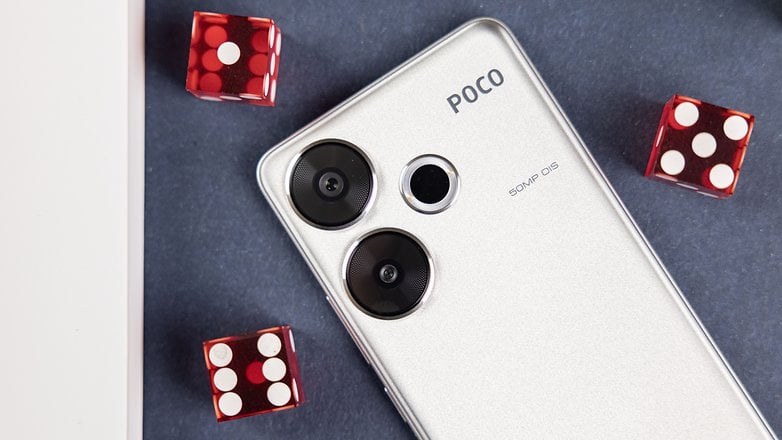
Even though the back of the smartphone shows an immediate visual difference in terms of cameras, we begin the camera comparison with one thing in common: both smartphones are spearheaded by a 50 MP camera with optical image stabilization. The aperture of the Poco F6 was specified as f/1.59 in the specifications, while the Pro has an f/1.6 aperture. The F6 Pro is equipped with the Light Fusion 800, with the cheaper model relying on the older Sony IMX882 sensor.

Both also have an 8 MP ultra-wide-angle camera, but we will also wait for the Pro review to see whether or how much better the sensor fares in this department. The F6 has a 20 MP shooter in front, while the Pro has a 16 MP shooter. For reasons that only Poco knows, only the Poco F6 Pro has the joke of a 2 MP macro sensor.
My colleague Rubens Eishima noticed during the Poco F6 review that the cameras have improved noticeably compared to its predecessor, the F5, but it is still not perfect. Not especially when the ultra-wide angle sensor is used for night shots and the selfie camera’s beauty filter, which is enabled by default. Take a look at the results of the basic model here, and we will add the photos taken by the Poco F6 Pro as soon as the device has left our test lab.
Poco F6 sample photos:
Poco F6 vs. Poco F6 Pro: Software and functions
The two models differ quite considerably from each other in various areas. When it comes to software, however, they come together again. In other words, you get HyperOS based on Android 14. Unfortunately, both devices also agree that you can never have enough bloatware installed. Rubens counted a whopping 18 pre-installed apps in his F6 review, which have taken up a lot of storage space.
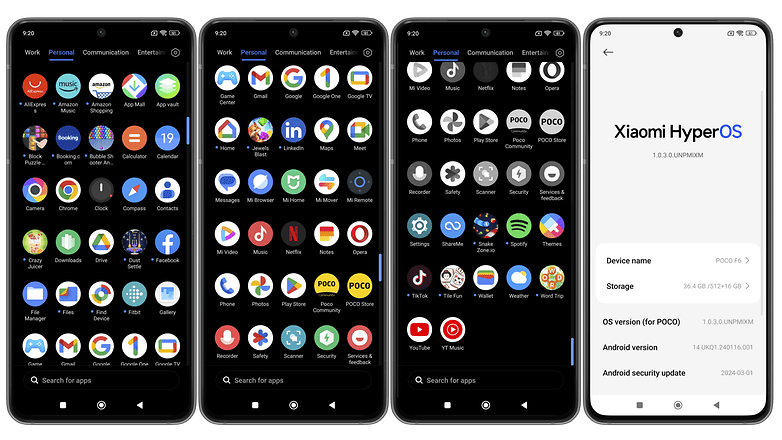
What is nice, however, is how Xiaomi’s long-neglected software update policy is slowly but steadily picking up speed. The Chinese company is adding another year to its software updates, which means these handsets will be supplied with three years of major Android updates and up to four years of security patches. However, it remains to be seen how regularly the latter will find their way onto the hardware.
Poco F6 vs. Poco F6 Pro: Battery and charging
Charging speed is something of a supreme discipline for Xiaomi, where it is regularly far ahead of other smartphone giants such as Samsung and Apple. Both models feature batteries with the usual capacity of 5,000 mAh in this price range. Charging takes place at different speeds: The Poco F6 charges at a fast 90 W, while the Poco F6 Pro packs a bigger punch with 120 W and charges the entire device in just under 20 minutes. However, the Poco F6 doesn’t waste your time either, as this phone will be fully charged within 45 minutes.
Another thing that’s also nice? Once again, the chargers are included in the packaging. What’s not so great? Unfortunately, wireless charging is not available on either model.
Poco F6 vs. Poco F6 Pro: Price and availability
Have you already selected your favorite handset among these two candidates? If so, it’s time we talked about the price. The F6 Pro is available in three configurations and two colors, namely black and white. The Poco F6 does it the other way around: here there are two configurations and the three colors green, black, and titanium. Here is an overview of all variants:
- POCO F6 Pro (12 GB + 256 GB) for $489.00
- POCO F6 Pro (12 GB + 512 GB) for $519.00
- POCO F6 Pro (16 GB + 1 TB) for $619.00
- POCO F6 (8 GB + 256 GB) for $347.22
- POCO F6 (12 GB + 512 GB) for $388.55
The prices above are based on the AliExpress website. For the cheapest model, the Poco F6 is available for $388.55, while the price of the Poco F6 Pro, which is too expensive for my taste, is available from $489.
Conclusion: Which model should I buy?
Okay, maybe it’s a little unfair to ask which model you should go for. After all, only one of the two models has been reviewed by us. However, I’m also having a bit of a hard time because of that. This is because I’m not sure if the price difference of 130 euros between the cheapest F6 and the cheapest F6 Pro is okay.
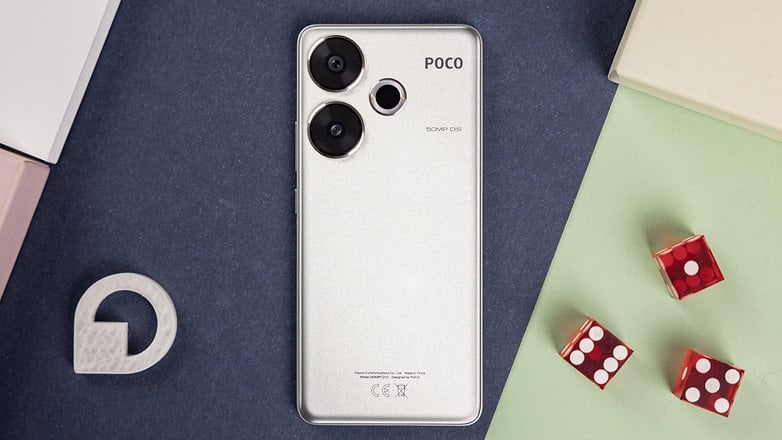
What’s more, the basic model sometimes performs even better than the more expensive model. This applies, for instance, with the IP certification, having Gorilla Glass, and a newer Bluetooth version. The performance is likely to be relatively similar, but you can enjoy memory advantages and a better camera on the Pro.
Both rely on HyperOS which is based on Android 14, where the Pro uses the more valuable material in the form of a metal frame, and a faster charging speed. Software updates are similar for both handsets: up to four years of security patches and three major Android updates, but both smartphones also share some disadvantages: Neither feature a 3.5 mm port for headphones or a memory expansion slot, and neither can be charged wirelessly.
Even without a Poco F6 Pro review, I would like to go out on a limb here: In my opinion, anyone looking for a powerful, versatile, and affordable smartphone will be happier with the Poco F6, simply because, in my subjective opinion, the subtle differences do not justify the price gulf between them.







